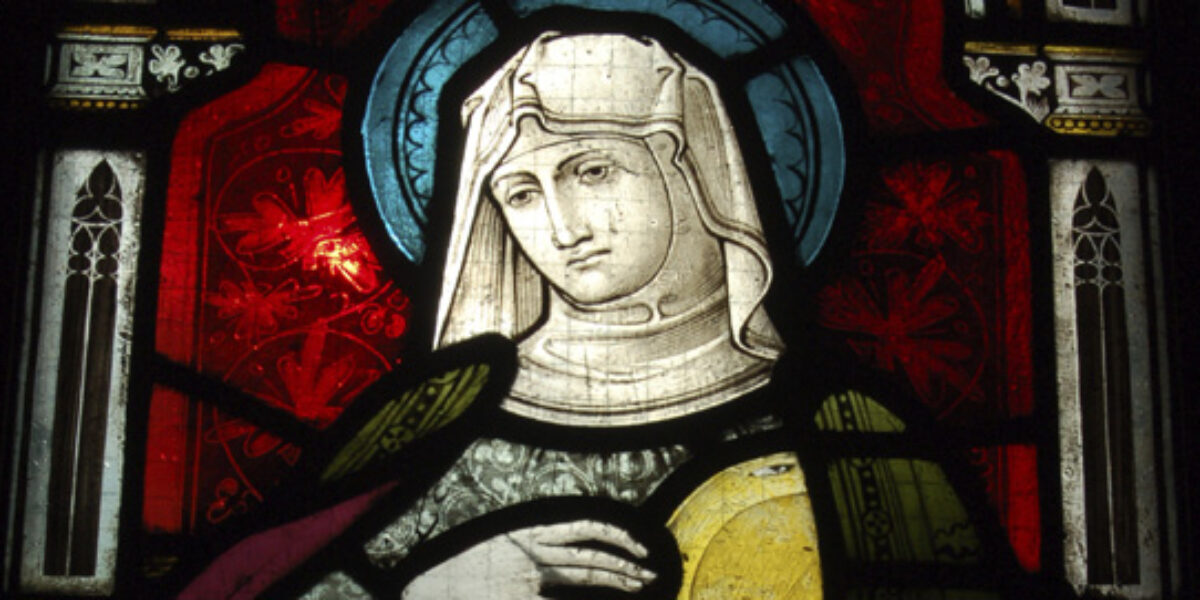How should we understand the role of women in Mark’s Gospel? Check out one view on this subject.
by Seong Hee Kim, PhD.
Postcolonial feminist biblical interpretation is a new brand of hermeneutics that brings into feminist biblical studies the postcolonial theory of thinkers like Edward Said, Homi Bhabha, and Gayatri Spivak.
The term “postcolonial” implies that the phenomena of colonization persist in politics, economics, religions, cultures, and all fields with hidden forms of control, even though there is no longer any actual colonized land. Postcolonial interpretation regards the Bible as a colonial/postcolonial literary work, not only because it was written under the period of the Israelites’ colonization, but also because it reflects post/colonial phenomena, including issues of power, identity, race, ethnicity, nation, culture, sexism, lands, etc.
Postcolonial feminist interpretation focuses on how gender is related to other postcolonial realities. Reading women in the Bible as postcolonial subjects is crucial, not only because women were considered the lowliest of the colonized, but also because they themselves are an important entre into postcolonial discourse, which is comprised of the issues just mentioned. In other words, when we deal with women’s issues, we can approach related issues concurrently because they are not isolated but interconnected realities.
Postcolonial feminist criticism can help us rediscover women in the Gospel according to Mark as postcolonial subjects. Women in the Markan community were nameless, outsiders, marginalized, ambiguously situated, and without a language of their own. They were anonymous and invisible due to the structures of patriarchy and colonialism. Given the nature of their situation, these women share similarities with today’s Third World women who suffer under neocolonialism and patriarchy.
There are three scenes involving women in Mark that stand out in an exploration of women as postcolonial subjects: the poor widow (Mark 12:41-44), the anointing woman (Mark 14:1-11), and the women at the cross and tomb (Mark 15:40-41, 47; 16:1-8). These stories of women all appear in the Gospel’s finale, which begins with Jesus’ entrance into Jerusalem and includes the last supper, Jesus’ suffering and death, and the women’s fear at the discovery of the empty tomb (Mark 11-16). The finale focuses on Jesus overturning the worldly empire by his suffering and death in anticipation of God’s Kingdom. In this section, women play a significant role, providing clues for the reader as to how the Roman Empire is disrupted, how the Roman Emperor is threatened, and how God’s Kingdom breaks through to the world.
Interestingly enough, these women in Mark show how unstable the system of the Empire is, and they rupture its identity and culture. For example, the poor widow (Mark 12:41-44) is a representative of colonized people in the period of Mark’s community. She has been exploited by the Jewish local elites, who were collaborators with the Roman Empire in the temple system, which symbolized the Roman imperial cult and Rome’s rule over the colonized Israelites (Mark 12:38-40). The widow’s mite reflects her situation as an imperial victim: she had to pay temple tax as an offering even in her destitution. This widow throws out all the money she has in order to reveal how the imperial-temple system exploited poor widows as victims. In so doing, she signals the coming disruption of the Roman Empire (Mark 13:1-3). In other words, the poor widow could throw out all the money she had because she was anticipating the coming of God’s Kingdom through Jesus’ mission. Her radical action shows Jesus that she is ready to welcome God’s Kingdom, which would proceed through Jesus’ death and resurrection (viz., in the following passion narrative), thus anticipating the disruption of the Roman Empire.
Women in Mark, as the most marginal of colonized people in the Roman Empire, will experience a lifestyle and rule system in the Kingdom of God proclaimed by Jesus quite the converse of the Roman imperial system (e.g. Mark 9:35; 10:29-31; 10:43-45). Their multiple identities in-between the Roman Empire and the Kingdom of God are threatening to the colonizer/patriarchal authority, but they bring hope to create a new society for liberating one another. By exploring the issues of Empire and gender in Mark’s Gospel, one can reinterpret women in the narrative as subversive and threatening subjects in colonial/postcolonial situations. As such, they then function as examples of empowerment for contemporary women in the postcolonial world.




